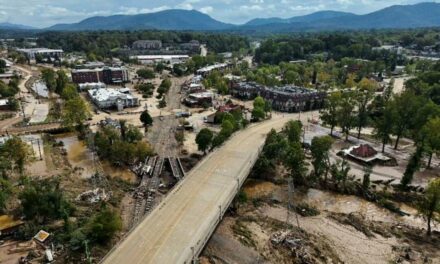We support our Publishers and Content Creators. You can view this story on their website by CLICKING HERE.
‘We estimate there is enough dissolved lithium present in that region to replace U.S. imports of lithium and more,’ USGS hydrologist Dr. Katherine Knierim said.
There could be enough lithium in an ancient seabed below southwest Arkansas to “meet projected 2030 world demand for lithium in car batteries nine times over,” a United States Geological Survey (USGS)-led study has found.
The high end of that projection more than doubles previous estimates of how much lithium could be potentially extracted in the United States.
Before announcing its Smackover Foundation study, the USGS estimated there were about 14 million metric tons of the white-colored metal locked in deposits across the country, including deposits in North Carolina’s Tin-Spodumene Belt, California’s so-called Lithium Valley, and Nevada.
Lithium, or so-called white gold, along with copper, nickel, and cobalt, is among the critical minerals and metals that make up rechargeable batteries for electric vehicles, solar panels, wind turbines, and the circuitry of contemporary life, such as cell phones and laptops.
The United States currently produces just 1 percent of the global supply of lithium. Most lithium is produced in Australia and South America, particularly Chile.
“We estimate there is enough dissolved lithium present in that region to replace U.S. imports of lithium and more,” USGS hydrologist Dr. Katherine Knierim said. “It is important to caution that these estimates are an in-place assessment. We have not estimated what is technically recoverable based on newer methods to extract lithium from brines.”
The low-end estimate of 5 million tons of lithium in Smackover brines is “more than nine times the International Energy Agency’s projection of global lithium demand for electric vehicles in 2030,” the service said.
The service used a “machine learning model … to combine lithium concentrations in brines with geological data to create maps that predict total lithium concentrations across the region, even in areas lacking lithium samples,” it said.
DLE “offers a faster, more efficient, and environmentally promising alternative to traditional methods but faces cost, scalability and its own environmental hurdles before becoming a major player in the growing lithium market,” according to the analysis.
Several oil companies are active in the Smackover Formation and have been extracting lithium in brines as part of oil and gas operations in what had previously been considered waste streams.

 Conservative
Conservative  Search
Search Trending
Trending Current News
Current News 







